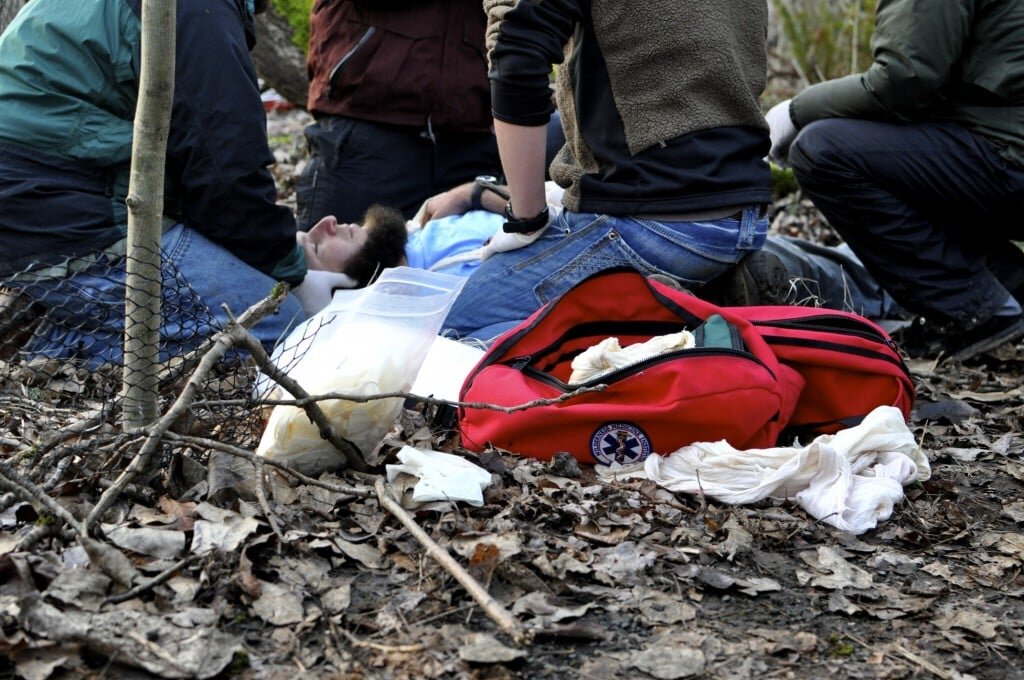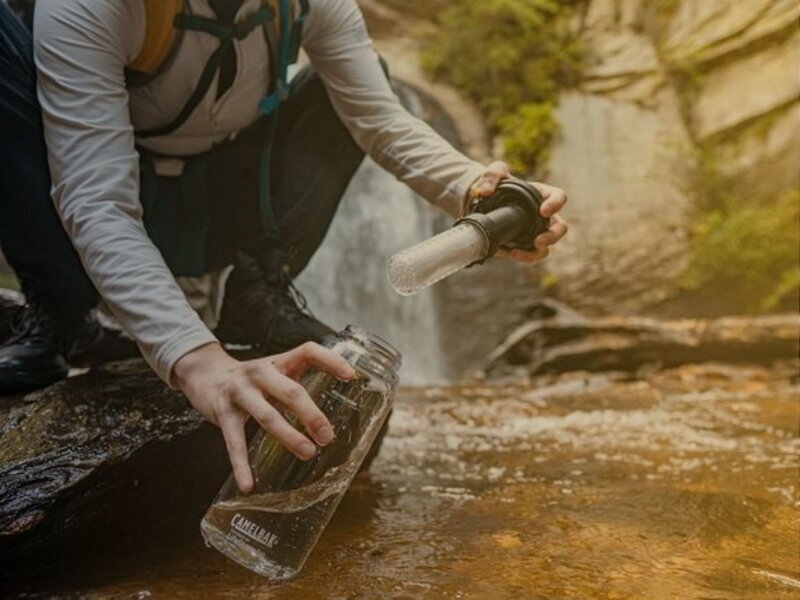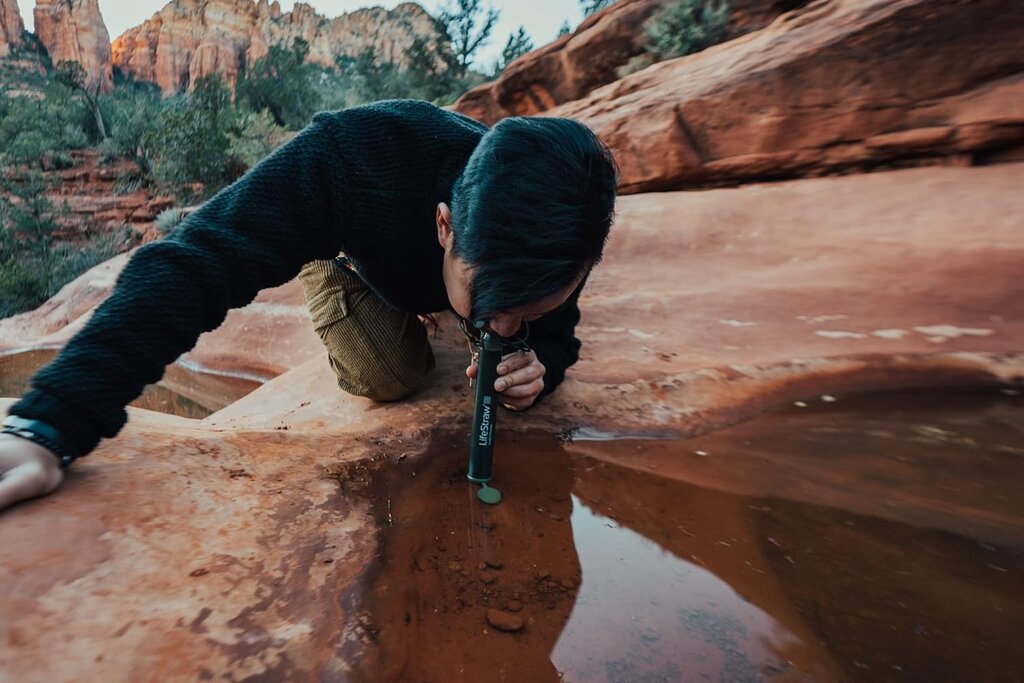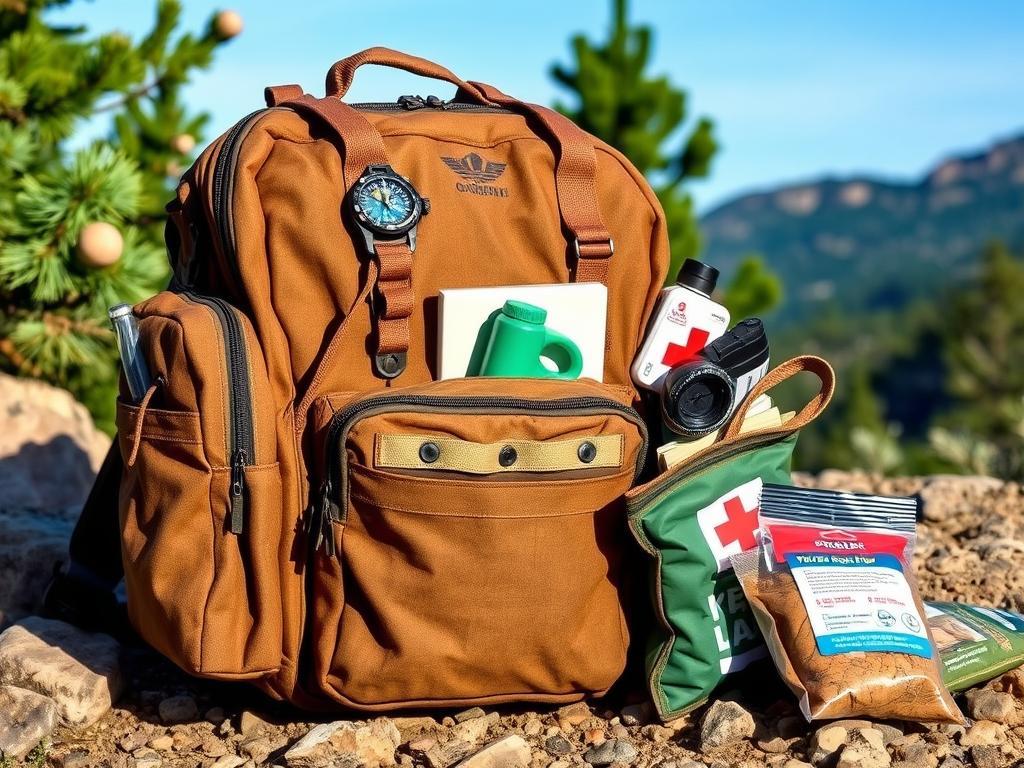
Did you know most people who prepare Bug Out Bags are regular folks, not just doomsday preppers? They’ve looked at the world and seen the need to be ready for emergencies. Whether it’s natural disasters or civil unrest, a good Bug Out Bag can save your life.
Key Takeaways
- Bug Out Bags are designed to help you evacuate quickly and safely during emergencies
- They should contain essential supplies to sustain you for at least 72 hours
- The bag’s weight should not exceed 25% of your body weight for optimal mobility
- Key components include water, food, shelter, first aid supplies, and communication tools
- Customizing your Bug Out Bag to your specific needs and environment is crucial for effective emergency preparedness
Understanding Bug-Out Bags
Bug-out bags (BOBs) are special among shtf supplies and emergency provisions. They focus on quick evacuation and survival. These backpacks have the crisis equipment and catastrophe gear you need for up to 72 hours during a disaster.
What Makes a BOB Different from Other Emergency Kits
A BOB is all about being mobile. Unlike other kits, it’s made for quick escapes. It has the essentials for survival, so you can leave fast.
The 72-Hour Survival Principle
The 72-hour rule guides BOBs. It says help might take three days to arrive. Packing enough for 72 hours helps you survive the chaos and find aid.
Weight and Mobility Considerations
Weight and how easy it is to move are key for BOBs. Your pack should be no more than 25% of your body weight. This keeps you moving fast without too much weight.
Understanding bug-out bags and their principles helps you prepare for the unexpected. A well-made BOB is crucial for shtf supplies and emergency provisions in a crisis.
Choosing the Right Backpack for Your Survival Needs
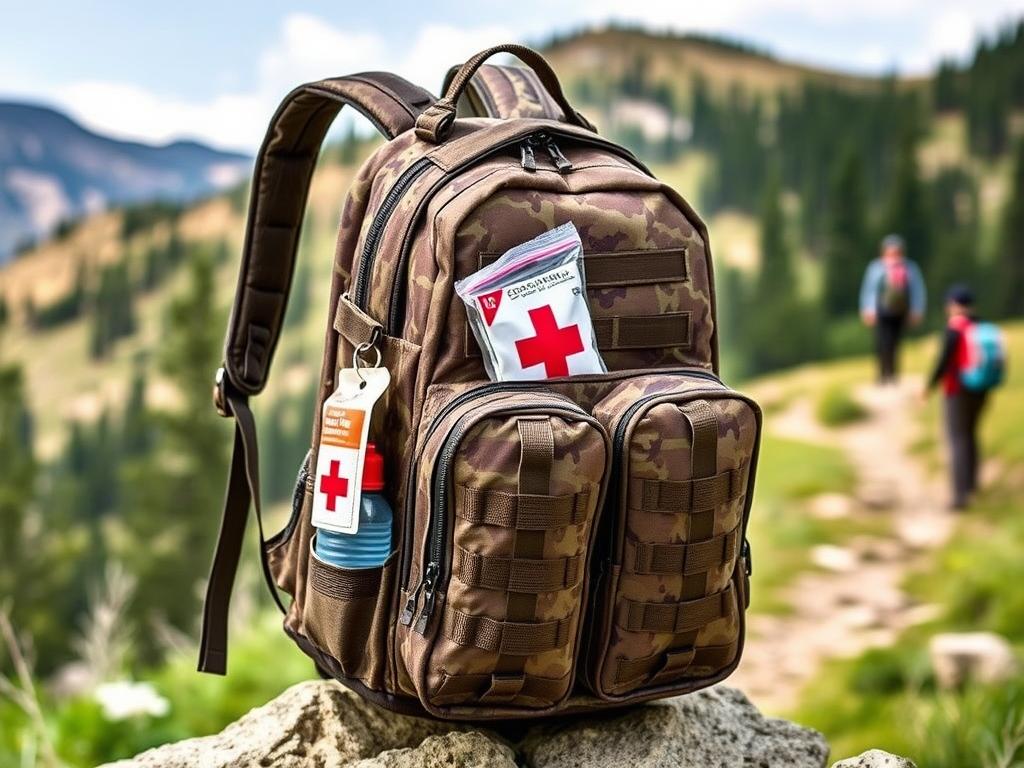 Choosing the right bug-out bag is key for emergency preparedness. Both tactical and hiking-style backpacks have their benefits. The best one for you depends on your needs and where you’ll be. Knowing what to look for will help you pick the ultimate survival bug-out bag.
Choosing the right bug-out bag is key for emergency preparedness. Both tactical and hiking-style backpacks have their benefits. The best one for you depends on your needs and where you’ll be. Knowing what to look for will help you pick the ultimate survival bug-out bag.
Tactical vs. Hiking Backpacks
Tactical backpacks are tough and organized, with MOLLE webbing and easy-to-reach compartments. They’re great but might attract attention in some places. Hiking backpacks focus on comfort and spreading out the weight, making them good for long walks or bugging out.
Essential Features to Look For
- Water resistance: It’s vital to keep your bug-out bag essentials dry.
- Multiple compartments: Organized storage lets you find what you need fast.
- MOLLE webbing: It lets you add extra pouches and gear as needed.
Size and Comfort Considerations
The best size for a survival bug-out bag is usually 40-55 liters. Most people don’t need more than 65L or less than 35L. Quality backpacks cost between $125-$300. Anything under $70 might not be good enough.
Comfort is also key, as you’ll carry your bug-out bag essentials for a long time. Look for padded straps, adjustable belts, and hip belts that help carry the weight.
| Backpack Model | Capacity | Weight | Material | Price |
|---|---|---|---|---|
| 5.11 Rush 72 2.0 | 3340 cubic inches (55L) | 5.3 pounds | 1050D Nylon | See price |
| Teton Scout 55 | 3400 cubic inches (55L) | 4.5 pounds | 600D Polyester | See price |
| Eberlestock Gunslinger II | 2700 cubic inches (44L) including scabbard | 6.5 pounds | 1000D Nylon | See price |
By thinking about your needs and the options available, you can find the perfect survival bug-out bag. It will keep you ready for any emergency.
Essential Water and Hydration Components
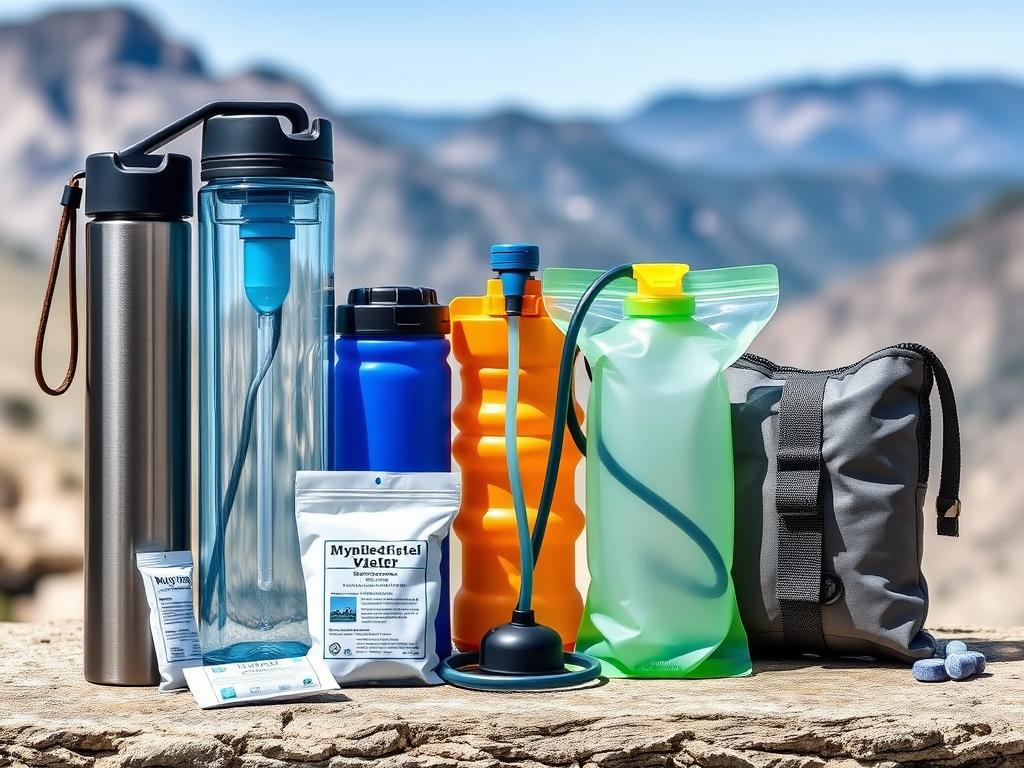
Your emergency bug-out bag needs the right water and hydration items. Water is key for survival. Having it ready in your bug-out bag packing list can save your life in emergencies.
Pack durable, quality water bottles. Stainless steel or BPA-free plastic is best. These bottles keep water clean and safe to carry. Also, add a hydration bladder for easy water access while moving.
Water filters and purification tools are also vital. The LifeStraw Personal Water Filter lets you drink safely from any source. Water purification tablets add extra protection against sickness from bad water.
Plan to carry enough water for at least 72 hours. This follows the 72-hour survival principle. It helps you stay hydrated until you find more water.
Water is a top priority in any survival situation. For a deeper dive into emergency water purification methods, check out our guide on staying hydrated and healthy in emergencies.
Food and Nutrition Planning
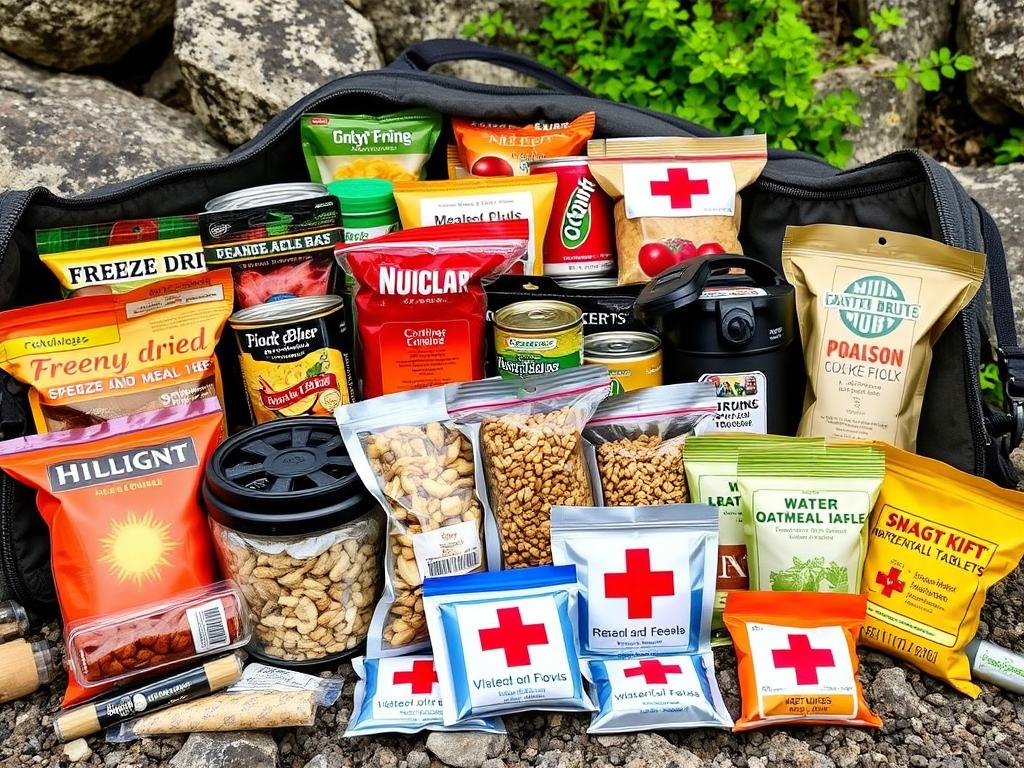
When preparing your bug-out bag, think about the food and nutrition carefully. Choose foods that don’t spoil easily and give lots of energy. This makes sure you have food that’s easy to carry and eat during an emergency.
Non-Perishable Food Selection
Go for foods that last a long time, like energy bars, MREs (Meals Ready to Eat), beef jerky, and dried fruits. These bug-out bag food ideas give you the nutrients you need and lots of calories to keep you going in a crisis.
Caloric Requirements for Survival
Plan for at least 2,000 calories per person each day in your bug-out bag. This helps keep you energized and ready for survival challenges. Make sure to consider any special dietary needs or restrictions.
Food Storage Solutions
Use vacuum-sealed bags or small, airtight containers to store your food. This keeps it dry and fresh for longer. You might also need a portable stove and lightweight utensils. Don’t forget to update your food regularly to keep it fresh and good to eat.
By planning your diy bug-out bag food and nutrition well, you can be ready for any emergency. With the right mix of non-perishable, high-calorie foods, you’ll stay energized and focused on survival.
Shelter and Environmental Protection Equipment
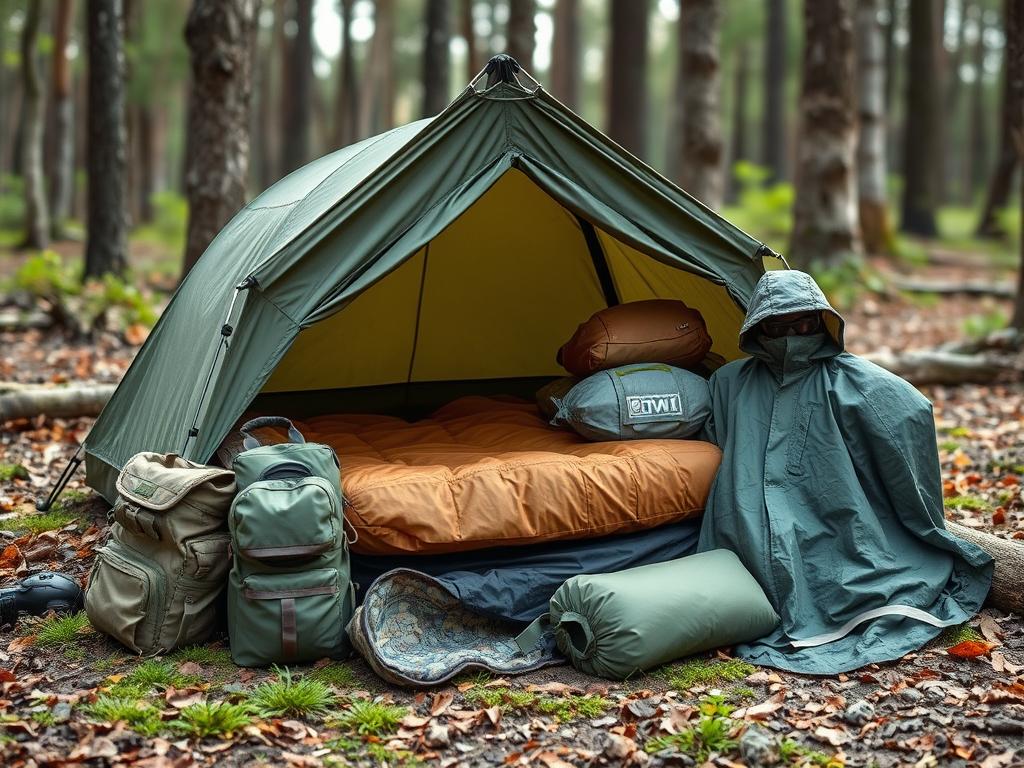
When you’re getting your bug-out bag ready, think about the shelter you’ll need. A small, light tent is great for protection. You can also carry a tarp or emergency blanket for quick use. Add a sleeping bag for your area’s weather and a sleeping pad to keep you warm.
In cities, choose shelters that are easy to carry and set up fast. Look for designs that are small and won’t draw attention. Remember to pack clothes like a rain jacket or poncho to keep you dry and warm.
- Lightweight, compact tent
- Tarp or emergency blanket
- Sleeping bag rated for your climate
- Sleeping pad for insulation
- Versatile clothing, including rain jacket or poncho
A multi-purpose tool, like a survival knife, is handy for setting up your shelter. When picking bug-out bag gear recommendations, choose items that are tough, light, and pack well. This way, you’re ready for any situation.
For urban bug-out bag strategies, pick shelters that are small and don’t draw attention. This helps you stay hidden and avoid trouble. Make sure your bug-out bag storage solutions are smart, saving space and keeping your bag easy to carry.
First Aid and Medical Supplies
A good bug-out bag needs a solid first aid kit. It should have items for many medical needs. This kit can save lives in tough times.
Basic Medical Kit Components
- Bandages (adhesive, gauze, and wrap)
- Antiseptic wipes and ointments
- Pain relievers, such as ibuprofen or acetaminophen
- Thermometer
- Scissors and tweezers
- Gloves and face masks
- Tourniquet and QuikClot for severe bleeding
- First aid manual for reference
Emergency Medical Procedures
For serious emergencies, add splints, emergency blankets, and CPR masks. Practice using these items. This way, you’re ready to act fast in a crisis.
Prescription Medications
Remember to pack any needed prescription meds. Carry a list of your meds and their doses. Check expiration dates and update your supplies as needed. Having your meds can be crucial in an emergency.
| Product | Original Price | Current Price |
|---|---|---|
| Elite First Aid Tactical Trauma Kit #3 | $210.00 | Check price |
| Elite STOMP Medical Kit Fully Stocked | $459.95 | Check price |
| Elite First Aid GP IFAK Level 2 | $139.95 | Check price |
| Luminary EMS Trauma Bag | $149.50 | Check price |
| Elite First Aid M17 Medic Kit | $149.99 | Check price |
“Preparedness is the key to survival. Ensure your bug-out bag is equipped with a comprehensive first aid kit to handle any medical emergency that may arise.”
Navigation and Communication Tools
In a bug-out bag, having reliable navigation and communication tools is key. They help ensure your safety and keep you connected during emergencies. These items can be crucial in finding your way or calling for help.
A compass is a must-have in your bug-out bag safety items. It helps you find the right direction, even in unfamiliar places. Use it with physical maps of your area for better navigation.
For extra help, consider a GPS device with extra batteries. It offers directions and tracks your location. Make sure you know how to use it before an emergency.
Communication is vital in a crisis. Include a hand-crank or solar-powered emergency radio. A fully charged cell phone with a backup battery pack is also essential for calling for help or staying in touch.
Don’t forget a whistle in your bug-out bag for emergencies. It’s simple but can signal your location if you’re lost or need attention.
Keep your electronic devices dry by storing them in a waterproof container. This keeps them working even in wet conditions.
Learn how to use these tools before an emergency. Knowing how to use them can save your life.
| Survival Gear | Quantity |
|---|---|
| Reliable compass | 1 |
| Hand-crank or solar-powered emergency radio | 1 |
| Fully charged cell phone with backup battery pack | 1 |
| Whistle | 1 |
| Waterproof container or pouch | 1 |
“Being prepared with the right navigation and communication tools can be the key to your survival in an emergency situation.”
Essential Tools and Hardware
When you’re putting together your bug-out bag, remember to add the tools and hardware you might need. A versatile multi-tool, like the Leatherman Wingman, is great for many tasks. It can help with cutting, prying, screwing, and tightening. Also, include a high-quality fixed-blade knife, such as the ESEE 4P, for tougher jobs.
Multi-Tools and Knives
A good multi-tool and a strong knife are key in a survival situation. The Leatherman Wave Plus, priced at about $100, has pliers, blades, and screwdrivers. It’s perfect for fixing and modifying things on the fly.
Fire Starting Equipment
Being able to start a fire is vital for warmth and signaling. Carry waterproof matches, a reliable lighter, and a ferrocerium rod. The ESEE Izula Survival Kit, around $60, has all these fire-starting essentials.
Repair and Maintenance Items
Don’t forget items for fixing and keeping your gear in shape. Duct tape, paracord, and zip ties are great for quick repairs. A small sewing kit can fix torn clothes or gear. Use a Lansky BladeMedic ($12) and Lansky Dual Grit Sharpener ($8) to keep your tools sharp.
Make sure to regularly check and maintain your bug-out bag’s tools. This way, they’ll be ready when disaster hits. By keeping up with bug-out bag maintenance and updates, you can trust that your gear will be ready to go.


